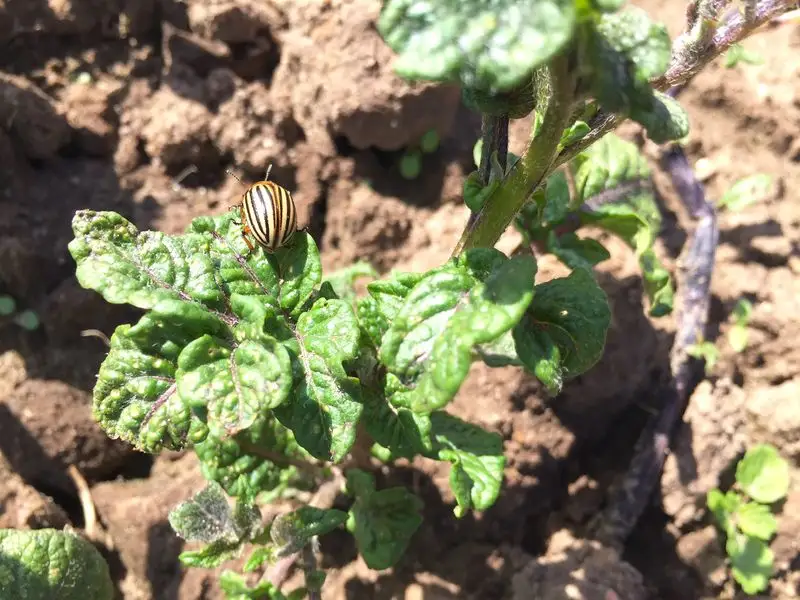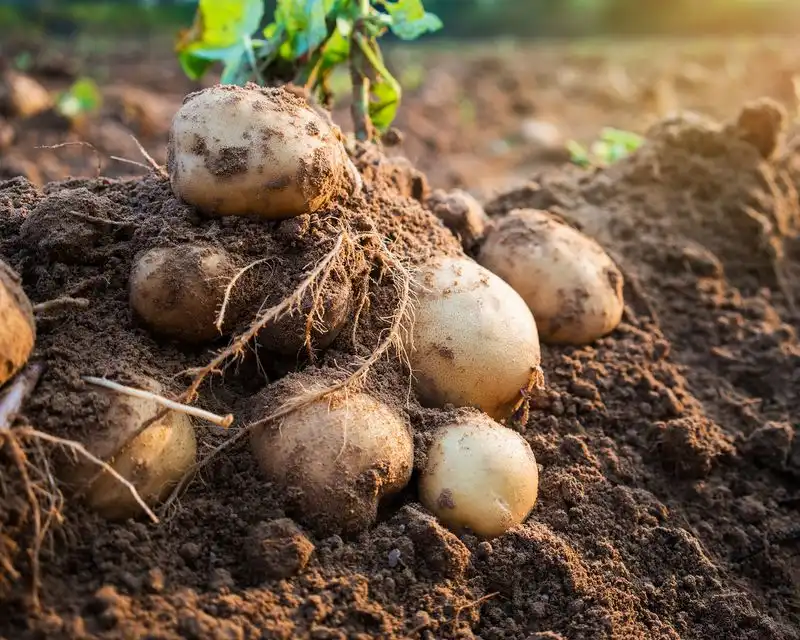Your potatoes are flowering—and no, that doesn’t mean they’re done. It means it’s showtime. This is the moment when underground magic kicks into high gear. While you’re admiring those delicate blooms, tubers are swelling below the surface like buried treasure. But here’s the kicker: most gardeners either ignore the flowers or worse—assume the job is finished. Don’t be that person. With a few perfectly-timed moves, you can turn a modest harvest into a haul that makes your neighbors suspicious. The difference between a handful of spuds and a crate full of them? It happens right now. So grab your gloves, your trowel, and maybe a little patience—because your biggest harvest is still underground, waiting for you to make the right moves.
Optimizing Watering Techniques

When potato plants start to bloom, it is essential to adjust your watering routine. Water deeply but less frequently to encourage roots to grow deeper. This method helps plants access moisture more efficiently.
Avoid watering late in the day to reduce the risk of fungal diseases. Early morning is ideal as it allows excess moisture to evaporate. Monitor weather conditions and adjust accordingly. During heavy rains, reduce or skip watering to prevent waterlogged soil.
Did you know? Over-watering is a common error that can lead to poor tuber development and reduced yield.
Soil Mounding Techniques

Mounding soil around the base of potato plants during flowering can significantly enhance tuber production. This process, known as hilling, encourages the growth of new tubers by protecting developing ones from sunlight.
Carefully add soil to cover any exposed tubers, as sunlight exposure causes them to turn green and potentially toxic. Repeat the hilling process as the plants grow taller, ensuring a consistent cover.
Fun fact: Hilling not only prevents green potatoes but also supports plant stability, reducing the risk of falling over during windy weather.
Strategic Fertilization

Applying the right fertilizer during the flowering stage can boost tuber growth. Opt for a balanced fertilizer rich in potassium to support strong tuber formation.
Avoid high-nitrogen fertilizers, as these promote foliage at the expense of tubers. Organic options like compost or well-rotted manure can offer a steady nutrient supply.
Consider a soil test to identify specific nutrient needs. This ensures you provide exactly what your plants require for optimal growth, and ultimately, a more abundant harvest.
Pest and Disease Management

During flowering, potato plants are vulnerable to pests and diseases. Regular inspection is vital for early detection and management.
Use natural pest control methods such as insecticidal soaps or neem oil to manage infestations. Encourage beneficial insects like ladybugs and lacewings, which naturally control pest populations.
Tip: Rotate crops annually to prevent disease buildup in the soil. This simple practice can greatly reduce the risk of common potato diseases, ensuring healthier plants and better yields.
Timing the Harvest

Understanding when to harvest is crucial for maximizing yield. Once flowering ends, the tubers are maturing underground. Observe the plant’s foliage; when it begins to yellow and die back, it’s harvest time.
For new potatoes, harvest two weeks after flowering. For mature potatoes, wait until the tops have fully died back.
Interesting insight: Timing affects flavor and storage potential. Early harvests offer tender, thin-skinned potatoes, while later harvests provide sturdier tubers, ideal for long-term storage.

